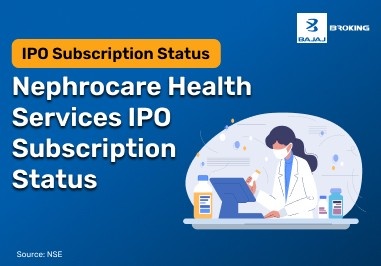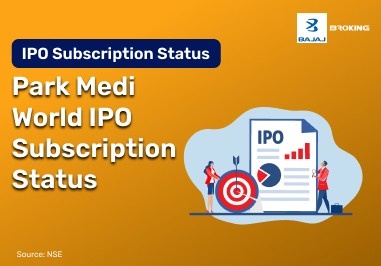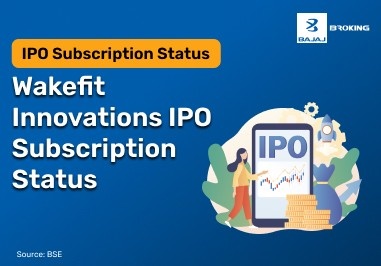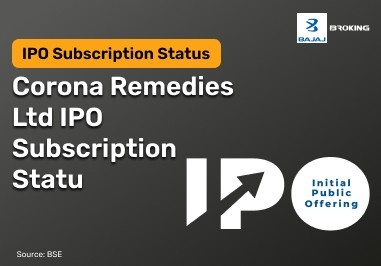When you trade futures, understanding how the pricing works can help you make smarter decisions. Futures pricing reflects the expected future value of an asset, factoring in several variables. These include interest rates, time until the contract expires, storage costs, dividends, and the current spot price of the asset.
One of the key influencers is the cost of carry, which is the total cost of holding the asset until the futures contract’s maturity. If you're investing in commodities like oil or gold, storage costs and insurance also come into play. For financial assets like stocks, dividends affect the pricing—higher dividends often lower futures prices. Interest rates influence both positively and negatively depending on whether you're long or short. Time to expiration also matters—the further out the contract, the more sensitive it is to changes in these factors.
Ultimately, you’re looking at how much the future delivery of an asset is worth today, adjusted for all associated costs. That’s how futures prices are derived.
The future pricing formula helps determine the fair value of a futures contract based on the current spot price, interest rates, and time to maturity. It ensures pricing reflects opportunity costs, carrying costs, and dividends (for assets like stocks). The formula assumes no arbitrage opportunities exist in the market.
Future Pricing Formula
If you’re trying to calculate the futures price of an asset, there's a widely used formula to guide you. The formula accounts for the current market price and the total cost of holding the asset until contract expiry. This method is known as the cost of carry model.
The basic formula is:
F = S × e^(r − d) × t
Where:
F = Futures price
S = Spot price
e = Exponential function
r = Risk-free interest rate
d = Dividend yield (if any)
t = Time to expiration in years
You use this to estimate what the asset should cost in the future, considering the risks and returns. It helps you assess whether the current futures market is fairly priced or not. When you apply it correctly, it offers a clearer picture for decision-making.
Pricing Of Futures Contract
The pricing of a futures contract is a critical aspect of financial markets. It involves determining the cost at which a standardised quantity of an underlying asset can be bought or sold at a specified date in the future. Futures prices are influenced by various factors, including the current spot price of the underlying asset, interest rates, dividends, carrying costs, and market expectations. These prices are not only essential for hedgers and speculators but also play a fundamental role in maintaining market stability. A deep understanding of futures contract pricing is crucial for investors and market participants, as it can impact trading strategies, risk management, and decision-making in a wide range of industries, from agriculture and energy to finance and beyond.
How Is the Futures Contract Price Calculated?
The futures contract price is calculated using the cost-of-carry model, which factors in the spot price of the asset, interest rates, dividends (if any), and time to maturity. It ensures no arbitrage conditions are met. The model reflects the real economic cost of holding the underlying asset over time.
The calculation is most accurate in efficient markets where liquidity is high, such as NSE’s derivative segment. For instance, if a stock trades at Rs.1,000 and the interest rate is 5%, the futures price for a 3-month contract would be higher than the spot, assuming no dividend payout. This pricing reflects both market expectations and economic variables.
The determination of a futures contract’s price relies on a straightforward mathematical equation that equates the underlying asset’s price to the futures price. This formula for futures pricing is as follows:
Futures Price = Spot Price * (1 + rf) – d
In this equation, rf represents the risk-free rate, and d stands for the dividend. The rf value corresponds to the interest rate that one can typically earn over the course of a year in standard conditions. Nevertheless, traders can proportionally adjust it for contracts with different expirations, such as one, two, or three months. The adjusted formula takes the following form:
Future Price = Spot Price * [1 + rf * (X/365) – d]
Here, X represents the number of days until the contract’s expiration.
Also Read: Swaps in Derivatives
Key Factors in Futures Pricing
Futures prices are determined by several variables, and understanding these factors is essential for successful trading. Here are the main components that influence futures prices:
Spot Price of the Underlying Asset
The current market price of the underlying asset (e.g., a stock, commodity, or currency) significantly impacts futures prices. If the spot price changes, it directly affects the corresponding futures price.
Risk-Free Interest Rate (rf)
The risk-free rate represents the interest rate that can be earned throughout the year under normal circumstances. It accounts for the time value of money and reflects market expectations. The futures pricing formula includes this interest rate.
Dividends paid by the underlying asset also play a role in futures pricing. If an asset pays dividends during the contract period, it affects the futures price.
For commodities like oil or grains, storage costs impact futures prices. These costs include expenses related to storing and maintaining physical inventory.
This concept applies mainly to commodities. Convenience yield represents the benefits or advantages gained from holding the physical commodity rather than a futures contract. It affects futures pricing.
The futures pricing formula is given by:
Futures Price = Spot Price * e^(rT)
Where:
- Futures Price is the price of the futures contract.
- Spot Price is the current price of the underlying asset.
- r is the risk-free interest rate.
- T is the time to maturity or expiration of the futures contract in years.
- e is the mathematical constant approximately equal to 2.71828.
Read Also: Difference Between Forward and Futures Contract
How Futures Pricing Work
Futures pricing can feel complex at first, but it gets easier once you understand the moving parts. You’re essentially working with today’s price plus future expectations and associated costs. Let’s break it down in simple points for better clarity.
Spot Price as the Base
The current market price of the asset is your starting point for all futures calculations.
Cost of Carry
This includes interest rates, storage, and insurance that you’d incur while holding the asset until the future date.
Dividends or Yield
For financial assets like stocks or indexes, expected dividends reduce the future price.
Time to Maturity
The longer the time left for the contract to expire, the more uncertain and volatile the futures price may become.
Market Sentiment and Volatility
Sudden changes in demand, supply, or investor expectations can affect futures pricing even if spot prices remain unchanged.
Things to Understand in Futures Pricing:
1. Buying and Selling Futures Contracts
Futures contracts represent legal agreements between a buyer and a seller. Buyers typically take long positions, while sellers assume short positions, reflecting their expectations for the underlying asset’s future price movement.
2. Margin Requirements
Margin is the initial deposit made by both parties with their respective stockbrokers at the outset of a trade. It serves as collateral to ensure that both parties fulfil their contractual obligations upon contract expiration. If the initial margin falls below a specified maintenance level, parties may receive a margin call, requiring additional funds to meet the margin requirement.
3. Mark-to-Market
Mark-to-market is a daily process to determine the current value of futures contracts. These contracts can experience price fluctuations throughout the trading day. Mark-to-market calculations are conducted at the close of each trading day. Clearinghouses facilitate these calculations and adjust the margin accounts to account for price differences.
4. Profit and Loss (P&L) Accounting
Daily price differentials from the mark-to-market process are credited or debited to the P&L accounts of the involved parties. These adjustments reflect gains or losses based on the fluctuating values of their futures contracts and are settled daily using the margin funds deposited with clearinghouses.
Also Read: OTM Call Options
Different Future Pricing Models
There’s more than one way to understand how futures are priced. You’ve got a few models, each suited to different asset types and market conditions. Let’s explore the main ones.
Cost of carry model
This is the most common, accounting for interest rates, storage, and income like dividends.
Expectations model
Assumes that futures prices reflect the expected spot price at the contract’s expiration, often used for commodities.
Normal backwardation and contango models
These are based on market sentiment. Backwardation means futures prices are lower than spot prices; contango is the opposite.
Arbitrage pricing model
Ensures futures are priced fairly by checking if arbitrage opportunities exist between spot and futures markets.
Convenience yield model
Used in commodity markets, this considers the non-monetary benefits of holding the physical asset.
What is Arbitrage in Futures?
Arbitrage in futures involves profiting from the price difference between the futures and spot markets without taking on significant risk. Traders exploit inefficiencies when the futures price deviates from its theoretical value. This ensures both markets eventually converge, maintaining fair pricing and liquidity.
For example, if the futures price of a stock is higher than the cost-of-carry-adjusted spot price, a trader may short the futures and buy the stock simultaneously. Once prices converge, the position is squared off, capturing the price differential. Such strategies
In summary
Futures contracts are integral to the efficient functioning of the commodities market. These contracts enable buyers and sellers to secure prices ahead of time, providing stability for farmers, miners, manufacturers, and various market participants who can then focus on their operations without being constantly affected by daily market fluctuations.














